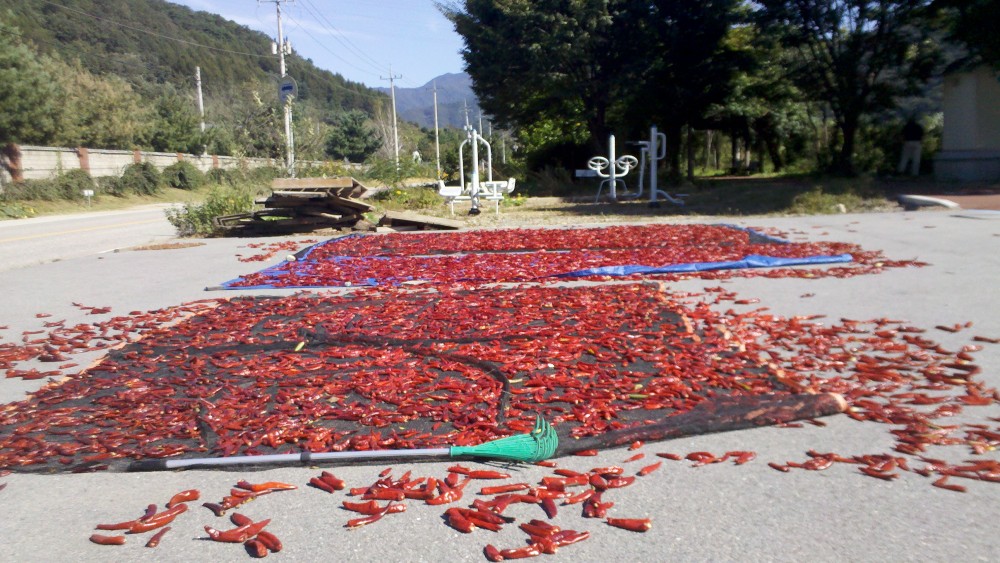Elsewhere, Z Geography has argued that the lack of the state’s presence has facilitated the rise of (often violent) alternatives to the state. If I haven’t then now I have! The corollary, of course, is that once the state expands into an area then, presumably, the environment is less conducive to a violent insurgency (file all of this under: The Organic State).
This is my hypothesis for the latest Indian state of Telangana, which became the 29th official state in that country’s union (see BBC). As we can see from the two maps below (a little bit of map analysis) the state of Telangana is inheriting a bit of a problem with the naxalite/Maoist insurgency. Back in 2010, then Prime Minister Manmohan Singh called naxalism (named for the West Bengal town that birthed the movement, Naxalbari) the “biggest internal security challenge” facing India. Much of the Telangana (if not all of it) were declared severely Maoist/naxalite-affected by a government study in 2007.
However, the creation of Telangana could be a potential solution for the insurgency, at least in those districts. Like all insurgencies, the naxals thrive in areas inaccessible to state power, in May the Times of India noted a landmine blast in a forest in eastern Maharashtra killed 7 security officers. The other side of the equation, of course, is local support of which Indian tribes provide some support to the movement, not necessarily ideological. Another article from an independent news site suggests two reasons (basically unanticipated policy effects) for tribal support to the Maoists (here).
Telangana could be a solution in that it brings the state, India, closer to the insurgency. It brings a, theoretically, representative government to a smaller number of people in a smaller geographic area. Eventually, the people of Telangana will not have to compete with the local interests of voters in other areas of Andhra Pradesh. This sounds good on paper, the new state government will have to contend with official corruption (always an effective recruitment tool for an insurgency) and a much smaller budget.
On this last point Maharashtra, a state to the west (capital: Mumbai), is reportedly developing infrastructure in naxalite-affected districts to promote tourism (as reported by Times of India). This may be an effective short-term solution, tourism may provide additional employment for locals while also investing them in a wider economy, not to mention that the state security vehicles and tourist buses can use the same roads. Longer-term slaving the local economy to tourism is almost begging for violent disruption (see The Telegraph: Egypt).
Over the next decade, Telangana will slowly come into its own as a state. By then, Z Geography thinks that the naxalite insurgency will disappear from the state or, at least, be driven into obscurity like Spain’s ETA.

India’s New State: Telangana (via BBC)

Maoist Presence within India (2007, via Wikipedia)


